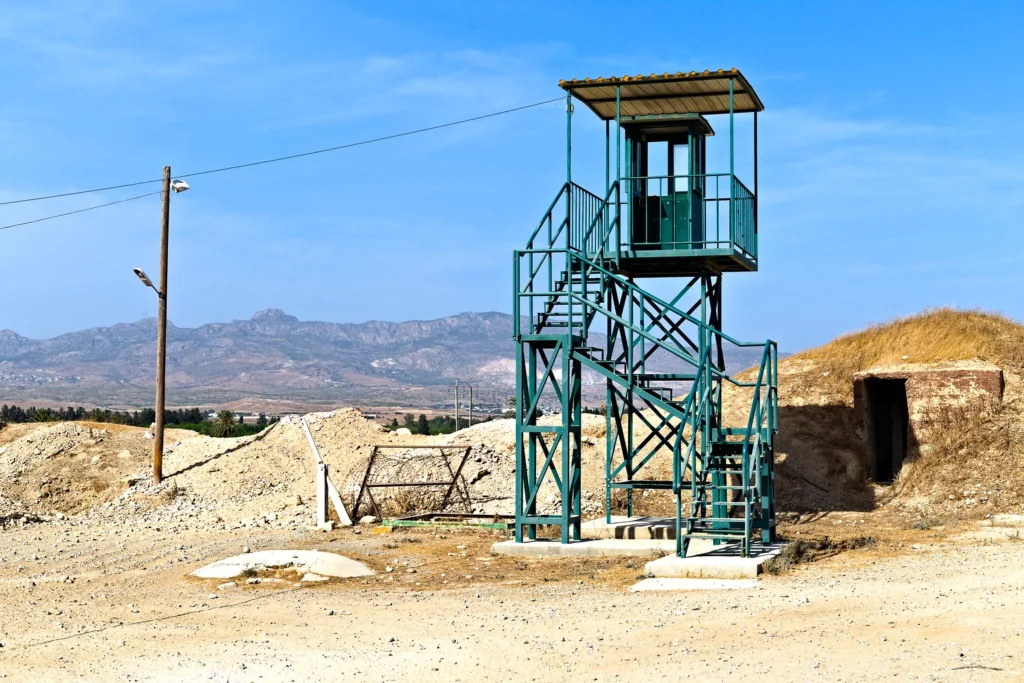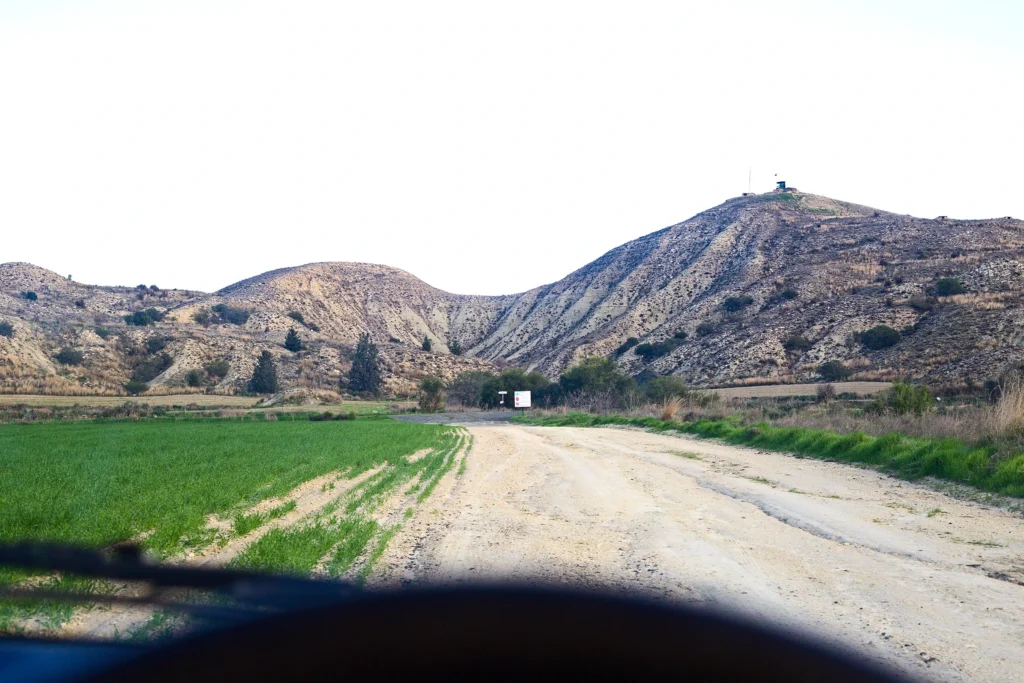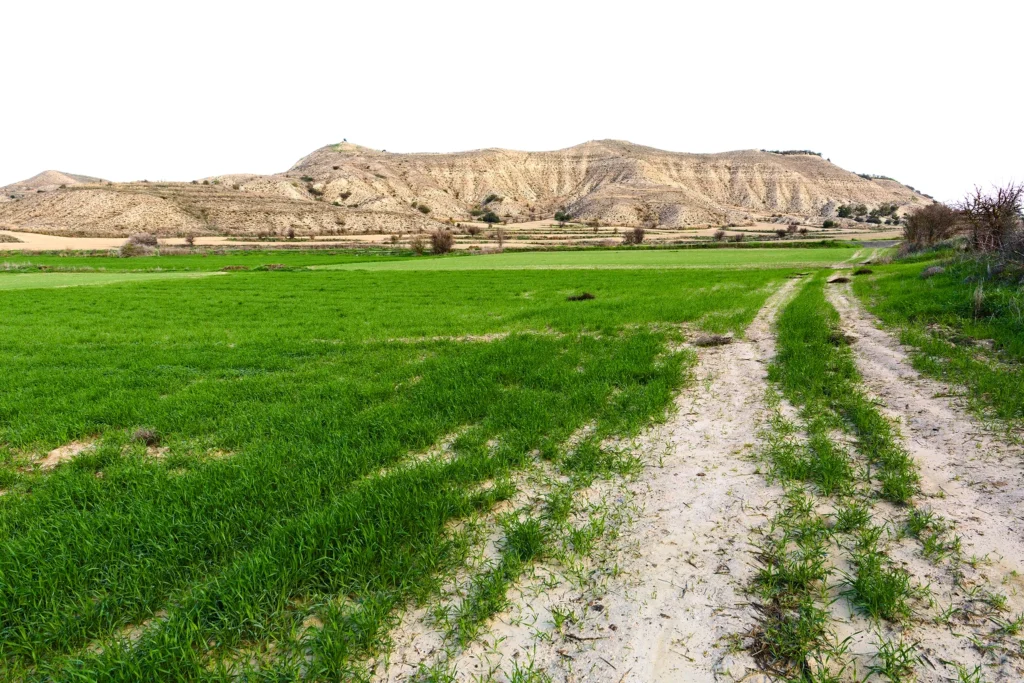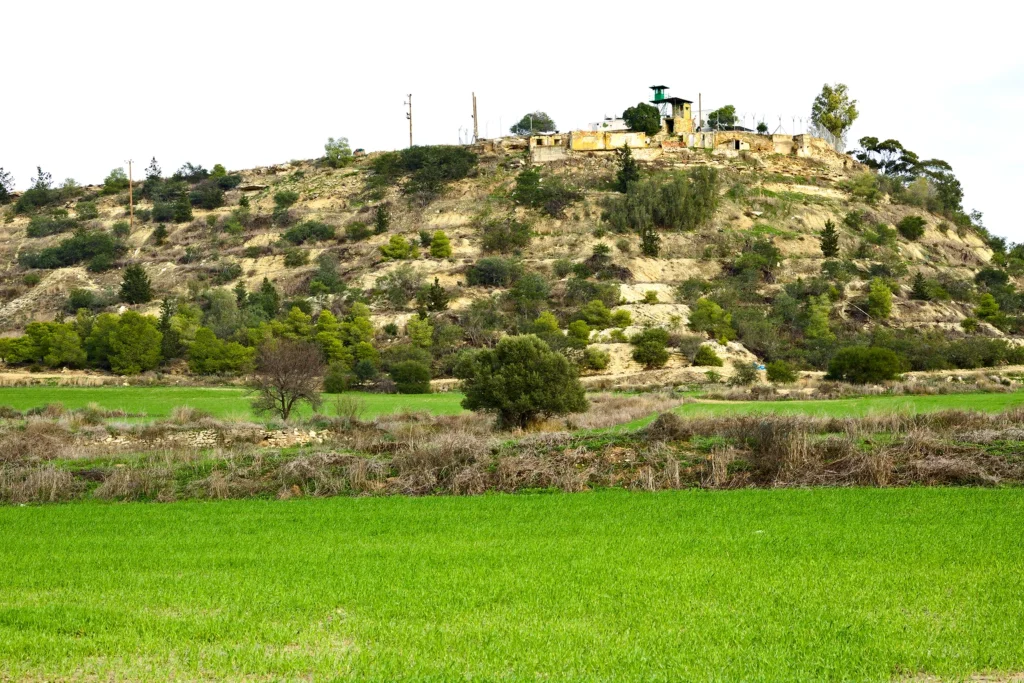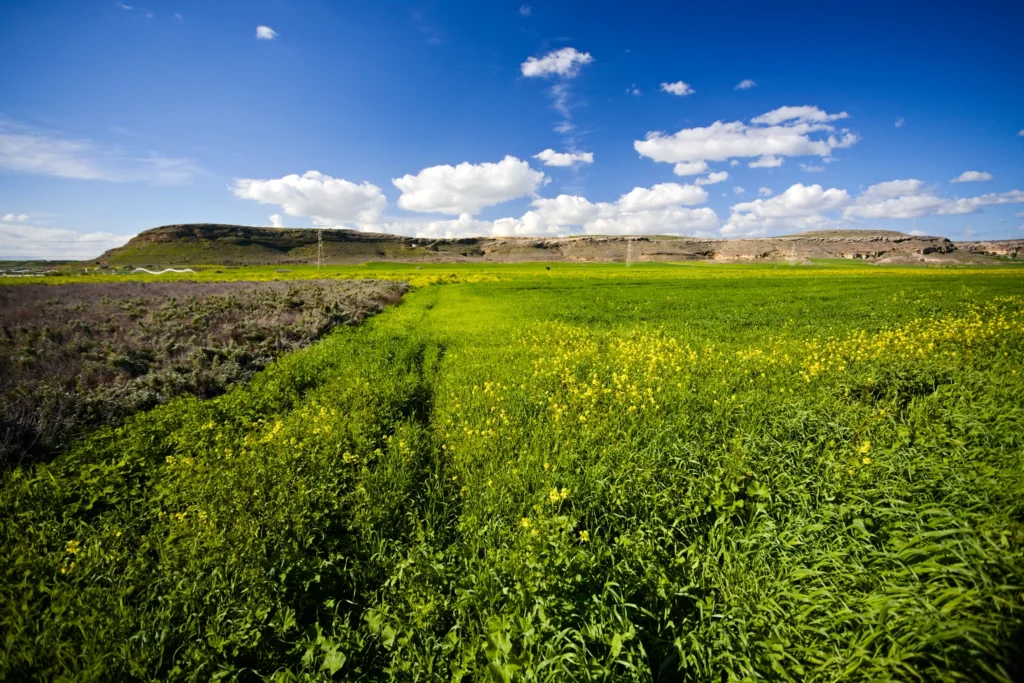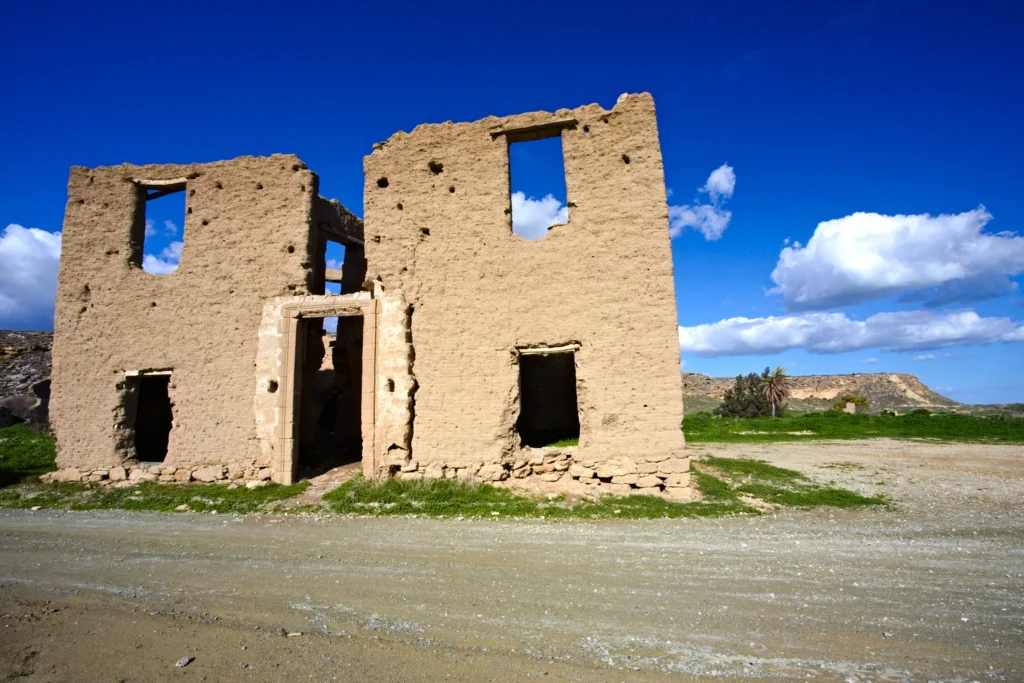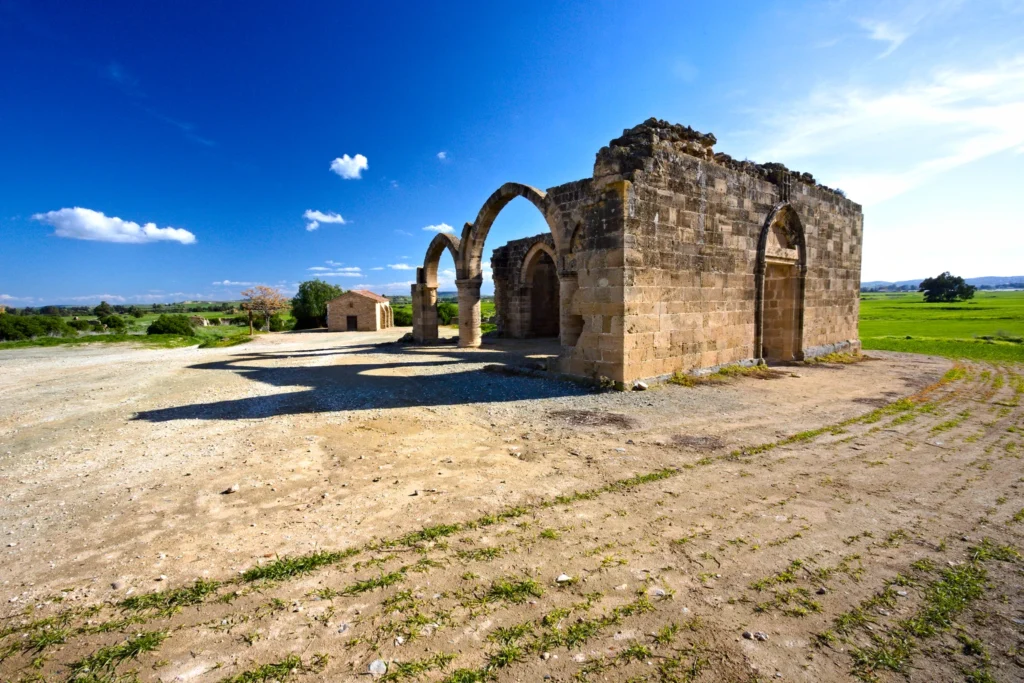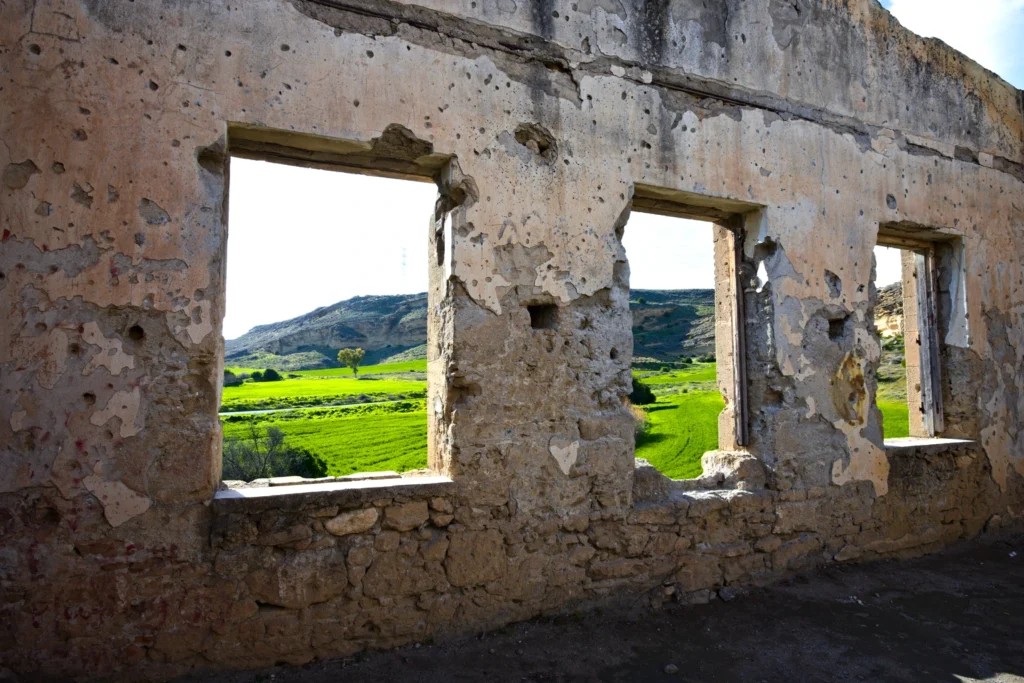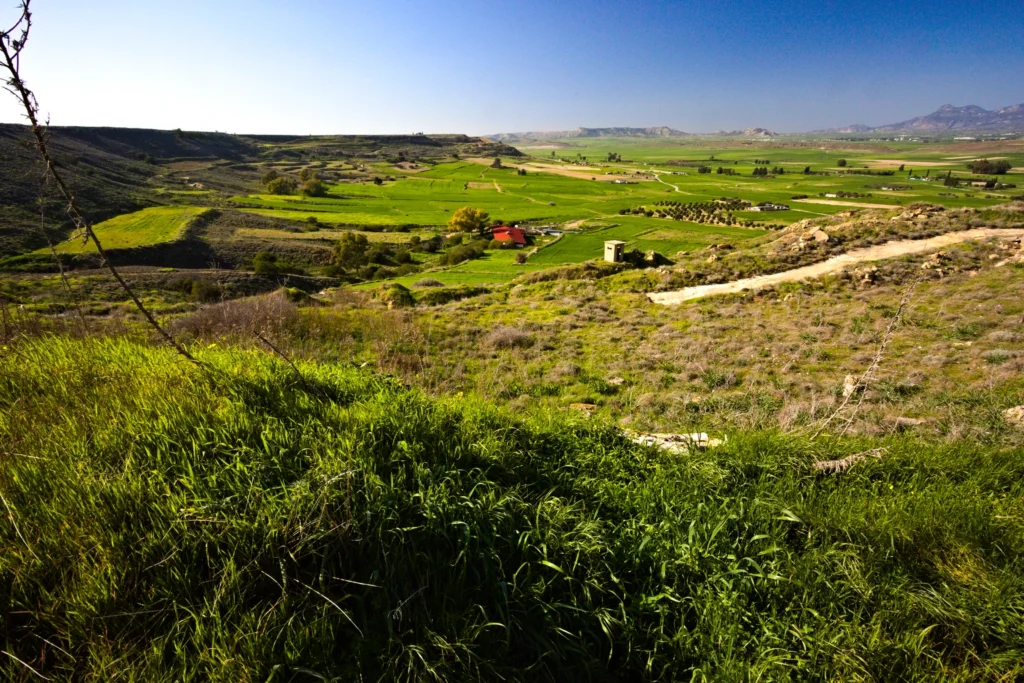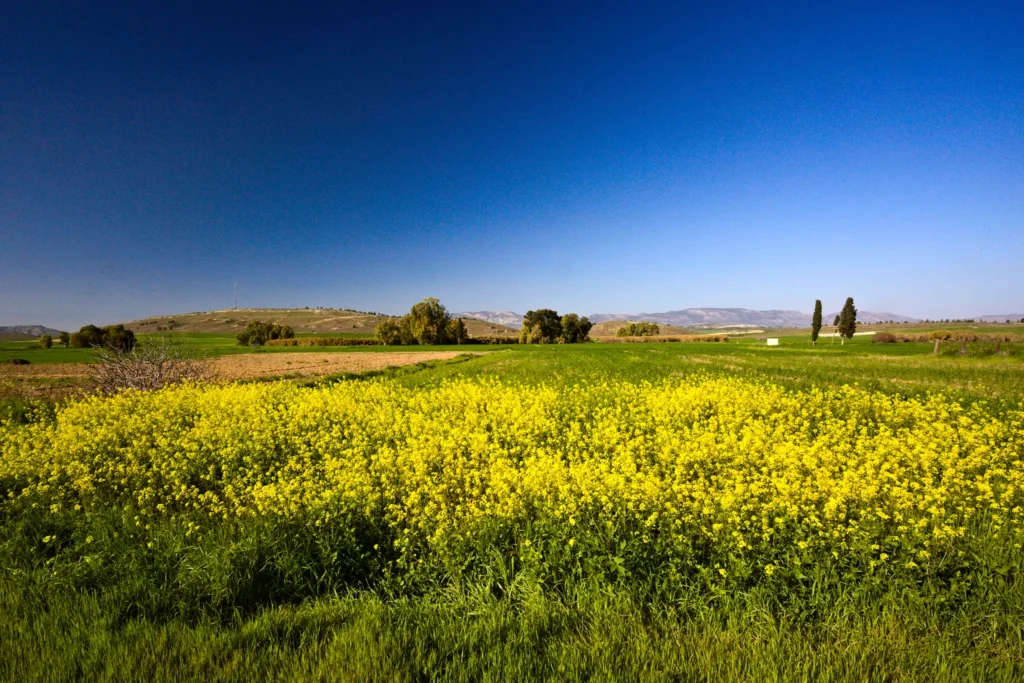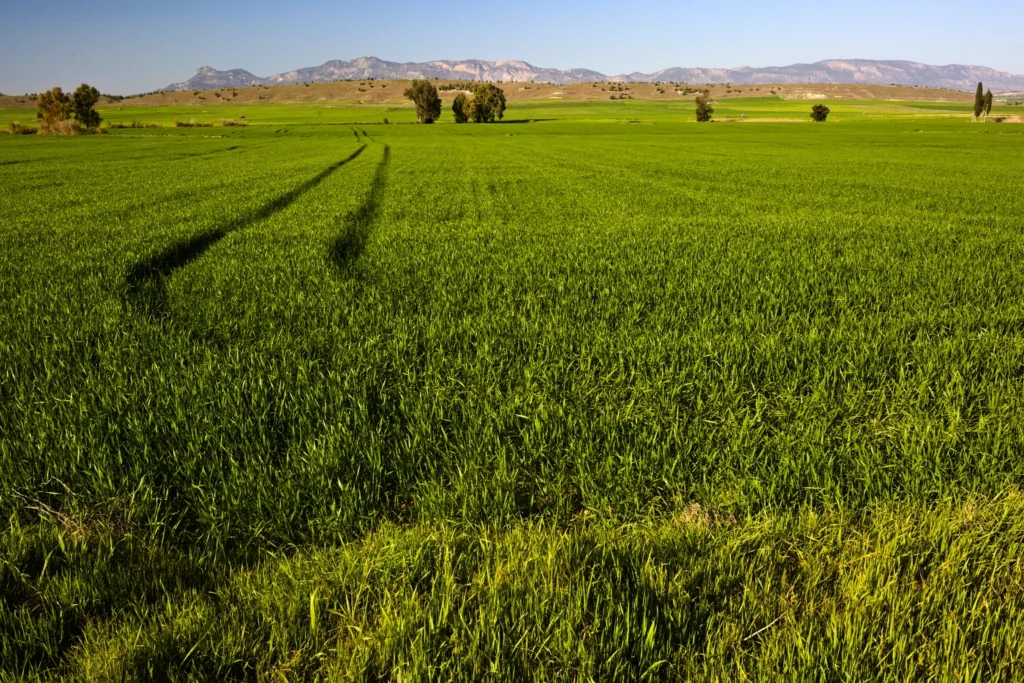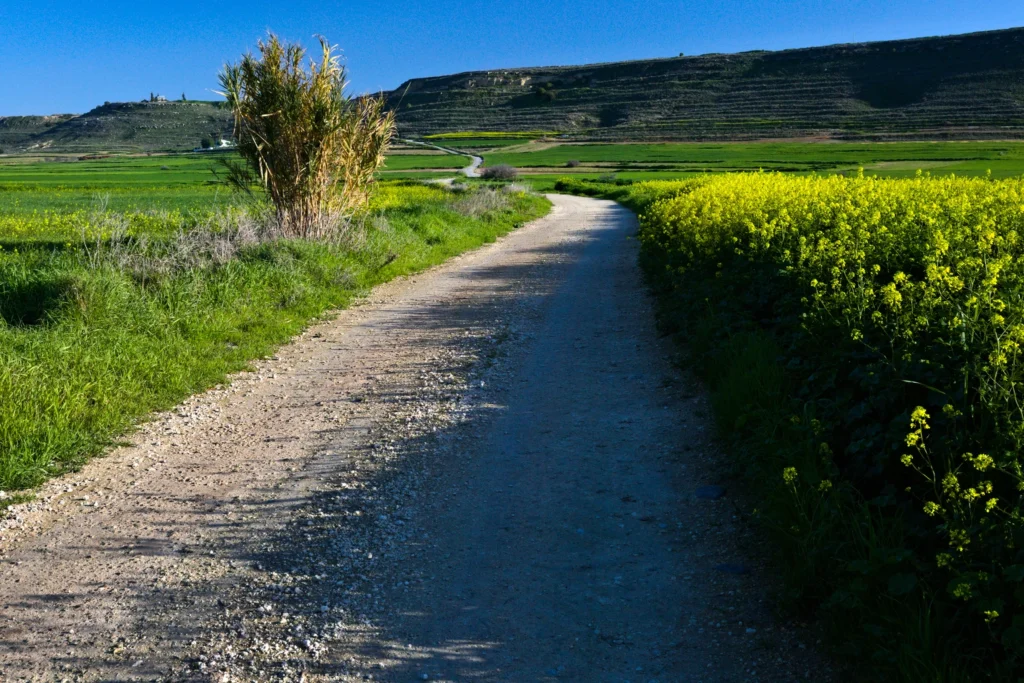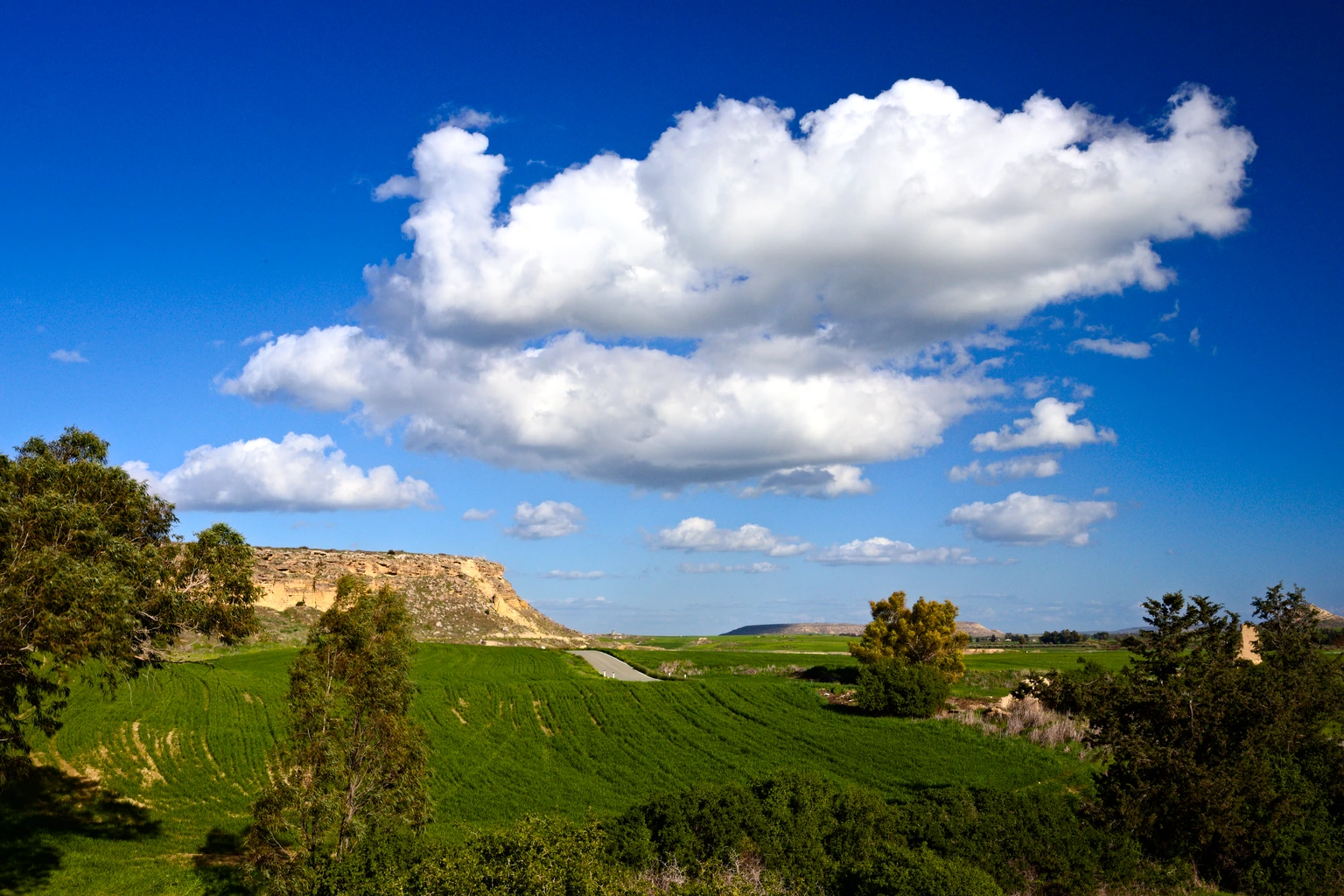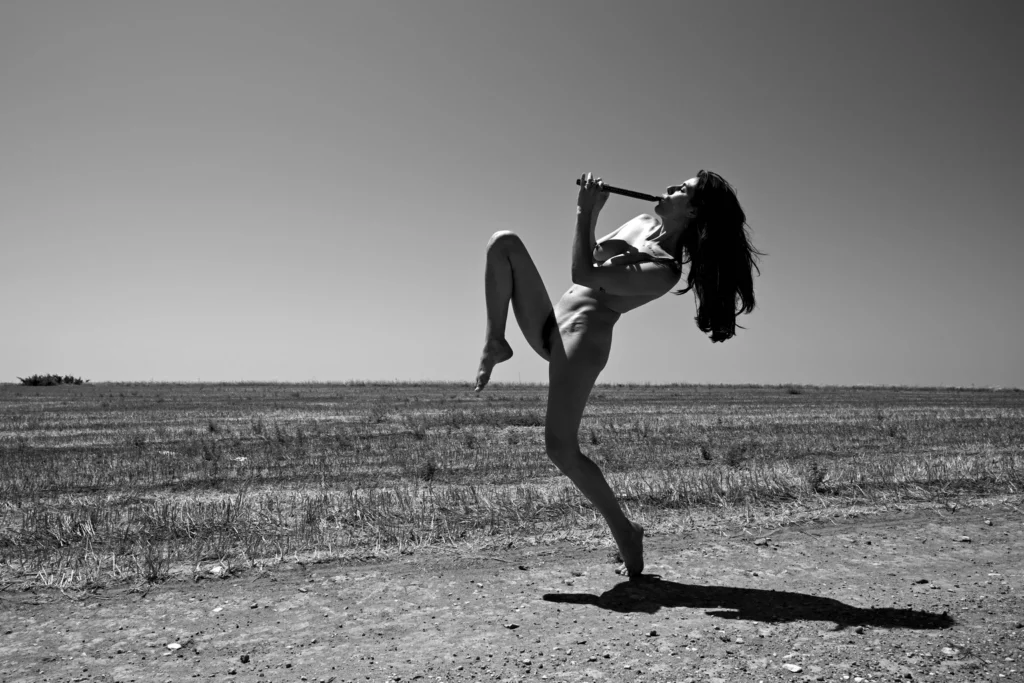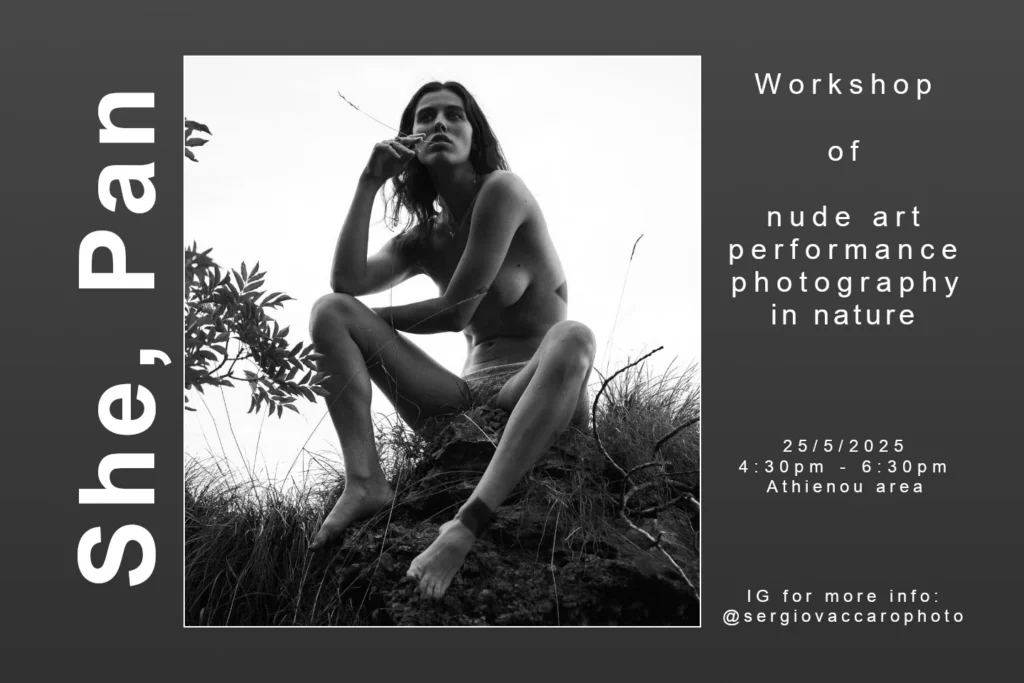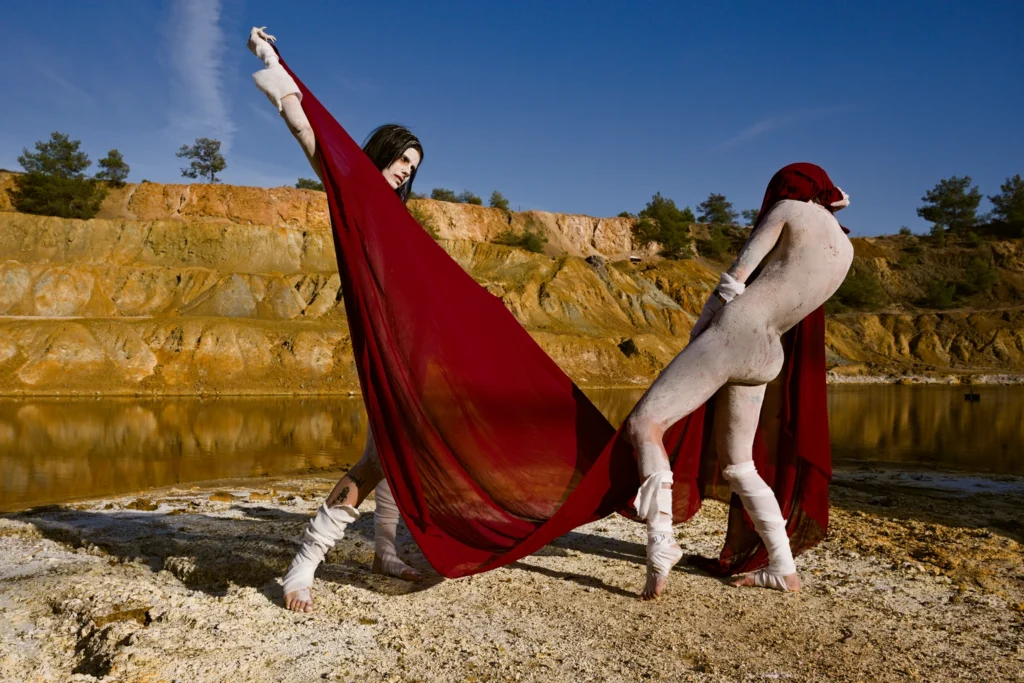Sometimes I go for a walk, around Nicosia, with the ordinary purpose to spend the sunny days of the Cypriot winter discovering the landscape.
I like the lonely contemplation, the history hidden in the actual things, the real places counterpoising the false narrative of many public places without identity. So, I went to the countryside, along the Buffer Zone, away from industrial areas. But I realized quite early that I was unconsciously looking for a North Passage.
I felt like those brave sailors of the Sixteenth and Seventeenth Century looking for the Northwest Passage, as an alternative to the Strait of Magellan. Mostly English sailors, financed by the Crown, because South America was under the Spanish control.
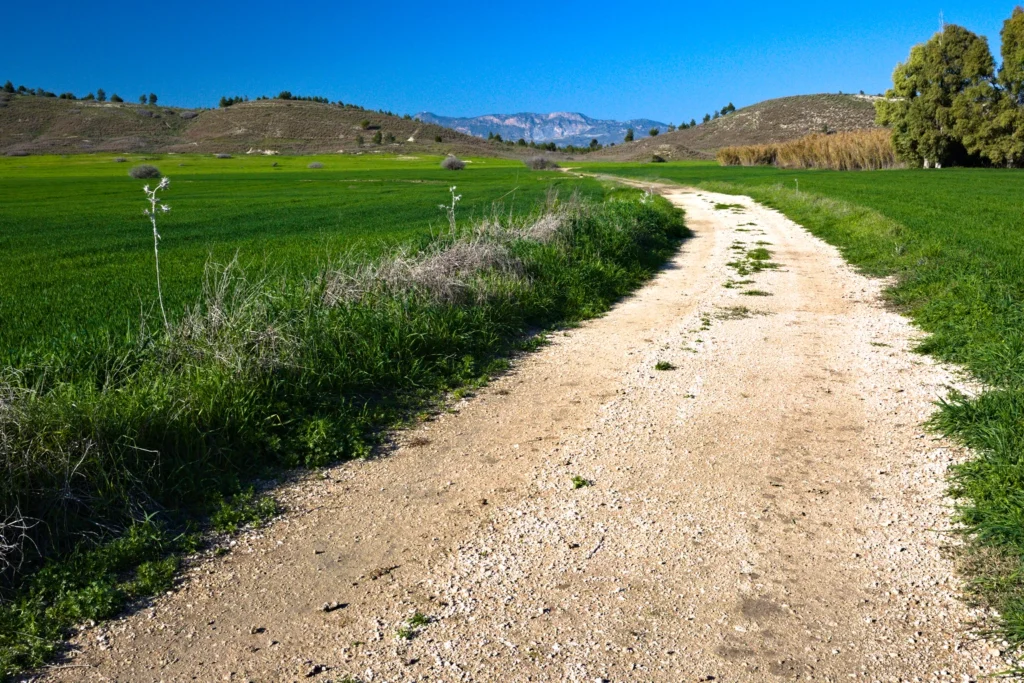
No, I’m not as brave as the English sailors were, I was not really trying to evade the surveillance of the soldiers of three armies. I don’t believe in the solitary heroes and, mostly, I don’t have a gun. Simply, I was attracted by the many memories coming from the view of the other side. Memories from that previous life that I had (I had three), when I was free to have friends everywhere, to enjoy the multicultural nature of Cyprus, to visit the whole island.
Meanwhile, I was seduced by the view of the Pentadaktylos, of the plain valley cracked by small rivers and height gaps, a perfect scenario for infantry battles.
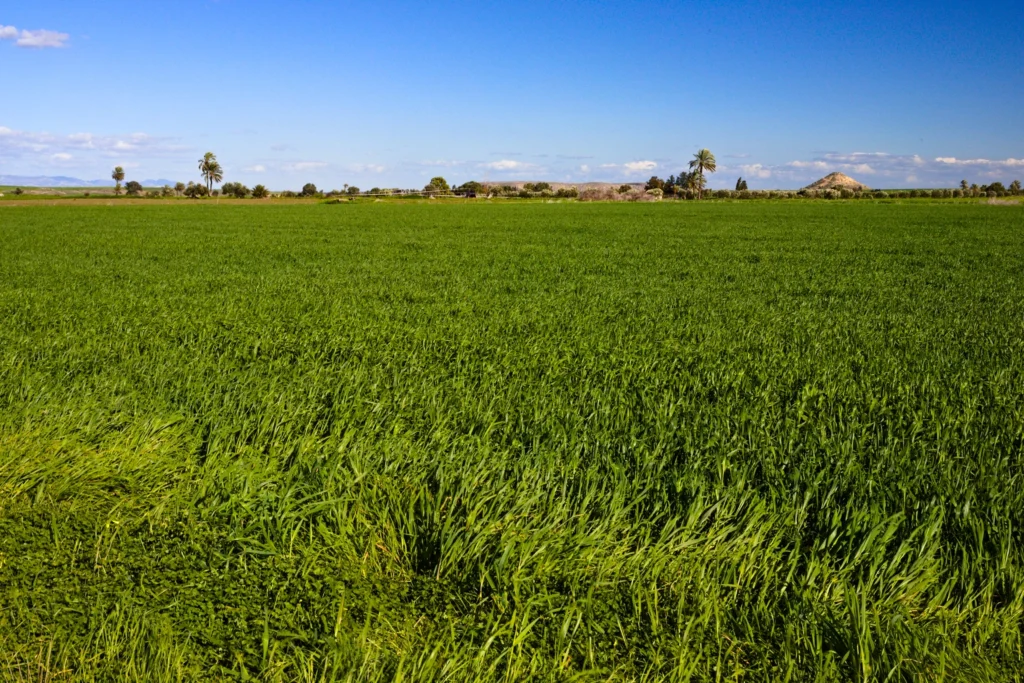
The landscape is calm and amazing, next to the Buffer Zone. The proximity of the jagged border is not suitable for the industry that grew up in the past half century. The Buffer Zone itself appears often not abandoned, but farmed or uncontaminated. The silence is the main language, there. A peaceful language along the scar of a war.
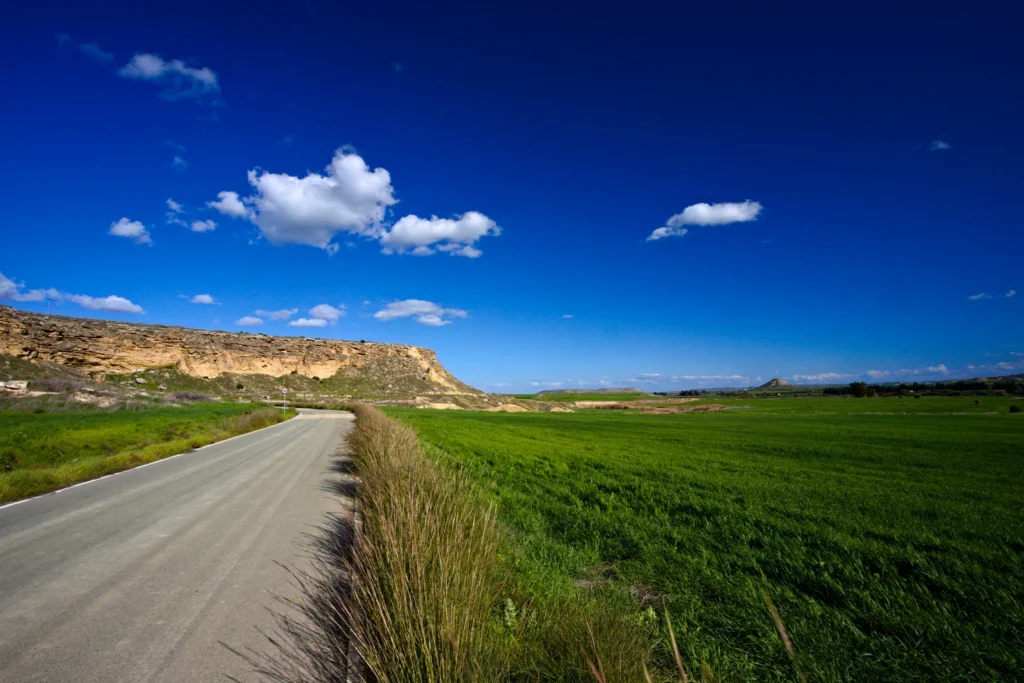
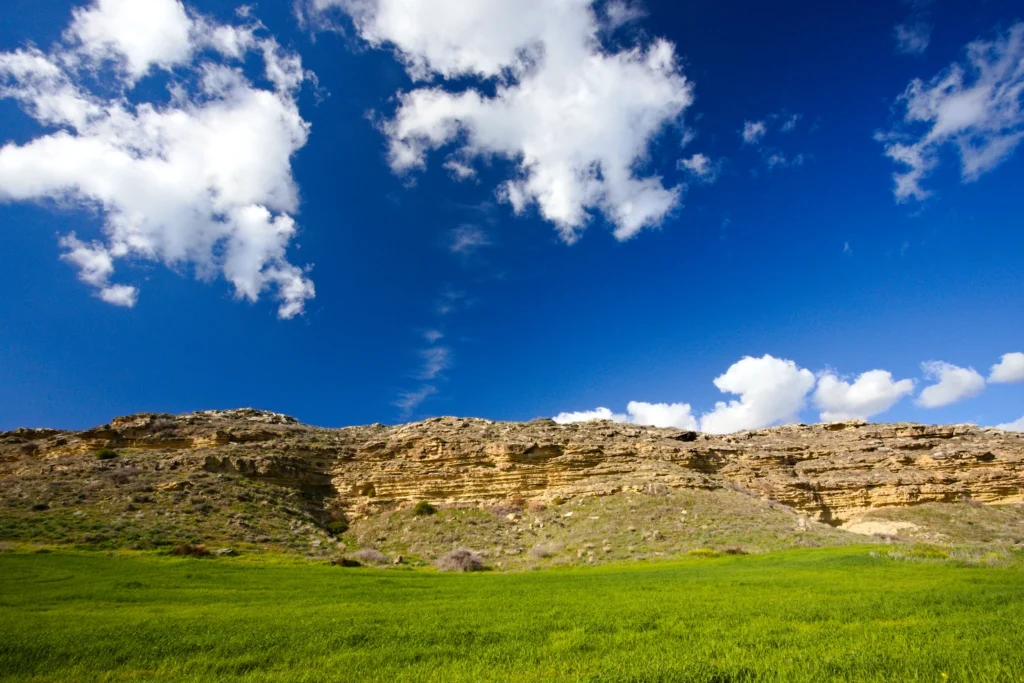
What the loneliness offers is the free thinking. More, it offers elaboration. All the life inspirations, be they physical or cultural, are joined by attempt in the meditative state. And in those meditative trips I realized what is the typical contemporary architecture of Cyprus, especially in the South: ruins and sentry boxes.
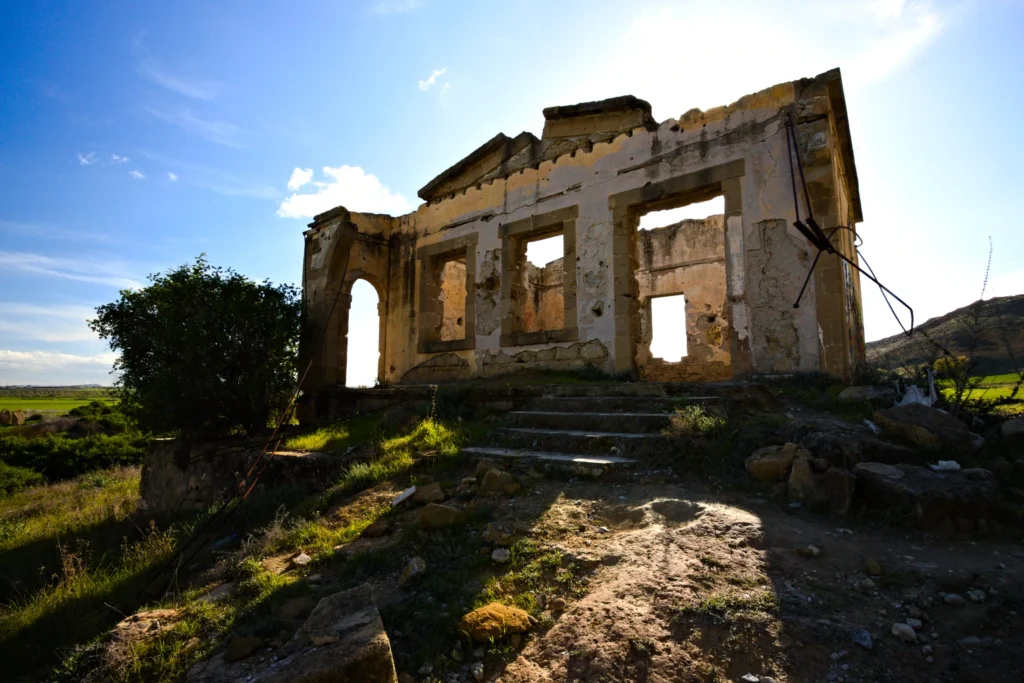
In the so called developed areas of Cyprus there are hotels and resorts, towers outlining the cities, beautiful villas in the rich residential neighbourhood outside the towns and, in the South, modern churches everywhere. But the resorts are not typical, they are just a copy of the everywhere resorts. The towers are not typical, they show a silent label: «I want to appear what I am not». New York? Dubai? Who knows? The beautiful villas seem to have been uprooted from some Dutch landscape and shipped there following a dream of other. And the modern churches have a lifeless aspect and they are all equal: standard byzantine legoland, a Cypriot architect friend of mine said.
So, what remains as typical is what they are forced to have: ruins and sentry boxes. Or what comes from the past, of course.
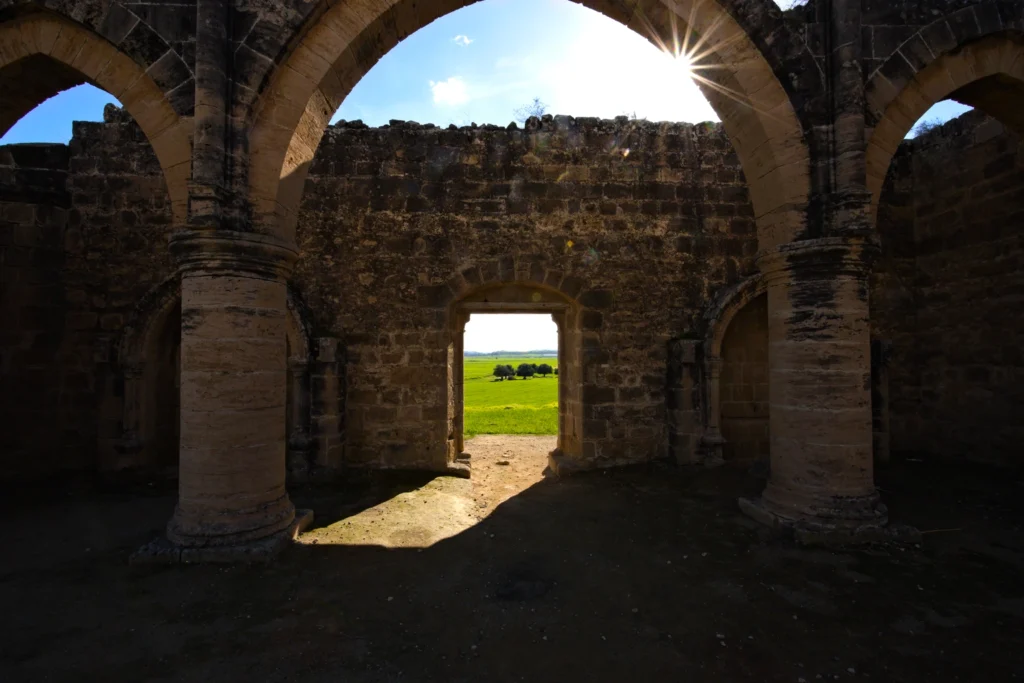
I must spend a few more words about it, because I feel bad when I disapprove Cyprus, because I love this humanistic, Mediterranean country. And at the same time I want to protest against some false narrative.
Let me compare. Despite some exception, if you are in Sicily it’s quite clear that a luxury villa is not a Hollywood style villa in cement dominating a cove, because a Sicilian cove is neither Hollywood nor USA. A luxury villa in a Sicilian cove is a one-storey house in cool stone, white plastered, hidden by the Mediterranean scrub, surrounded by prickly pear, shaded by a few trees and covered by bougainvillea. I said Sicily, but I think that everywhere they search for the same kind of harmony. Here is why the architecture: it offers the lucky owner the pleasure of being there.
Conversely, the most common architectural offer, in Cyprus, is the pleasure to dream to be elsewhere. This is quite bizarre. It’s not a matter of business, there are many ways to make business, it’s a matter of peace of mind. The conflict, in the Cypriot souls, is that the Cypriots love their island, but the are obsessed by the attempt to make it look like something else.
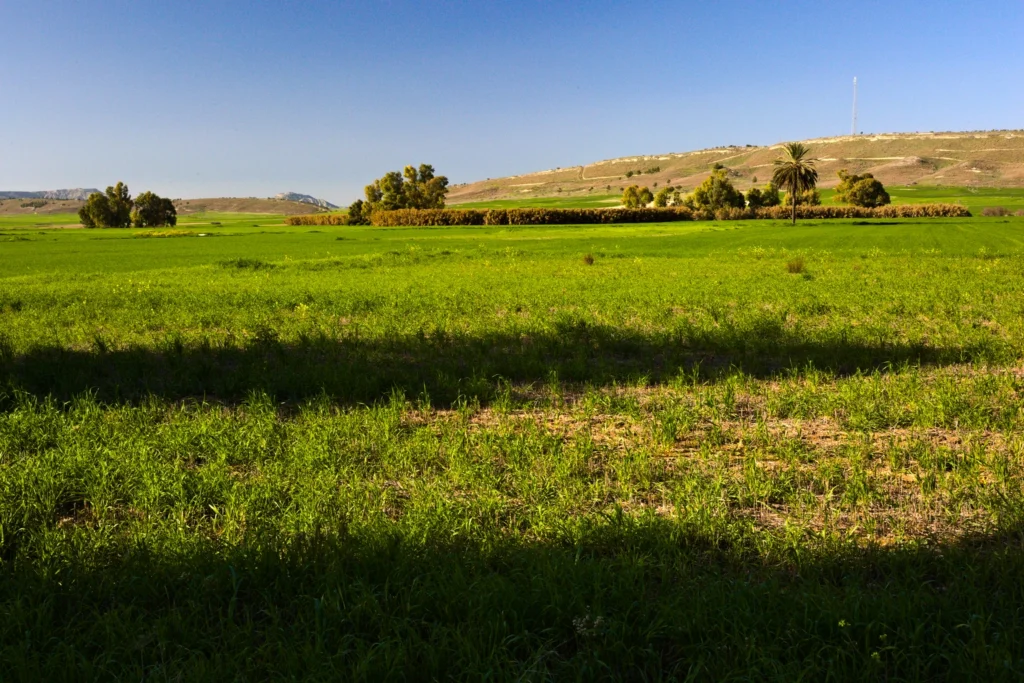
I can see the same landscape disharmony in both sides, but especially in the South. I know that the main reason is that Cyprus doesn’t have a good relationship with its history, that’s why many suffer of a lack of identity, especially in the South. And the cause is very clear and understandable: it wasn’t their history, but somebody else’s history. But Cyprus continues in the same way, trying to, or being forced to, belong to somebody else.
The beauty is harmony: harmony with the history, with the geography, with the anthropology, with the environment and with the society. That’s why the Buffer Zone and its proximity are so charming. Hanging in the middle of the history, laying between the two mountain systems of the island, here you find the harmony of an equilibrium.
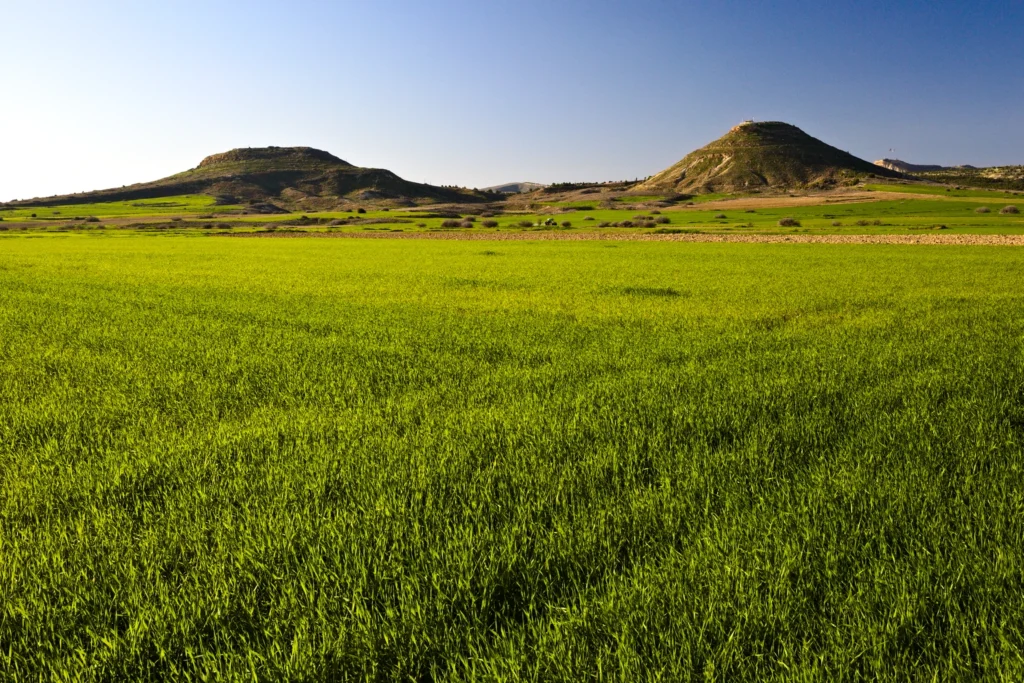
In this tranquillity, you can feel that you are in the true Cyprus. Cyprus with its problems, of course, and with its typical ruins and sentry boxes. But also Cyprus with its history, ancient and contemporary, with its peaceful countryside, its cool houses in adobe and sandstone, its amazing landscapes. Here in the Buffer Zone you can finally find Cyprus, and its two sides that you can capture in one glance. Two sides and two souls that the stupid people take as the reason for a conflict, but the wise people take as the opportunity for a wider view above the world, like the Buffer Zone view.
